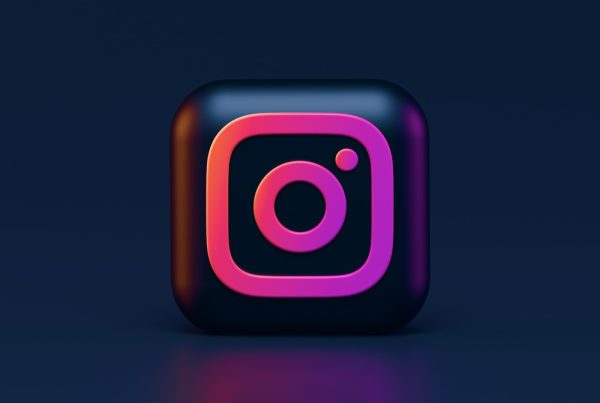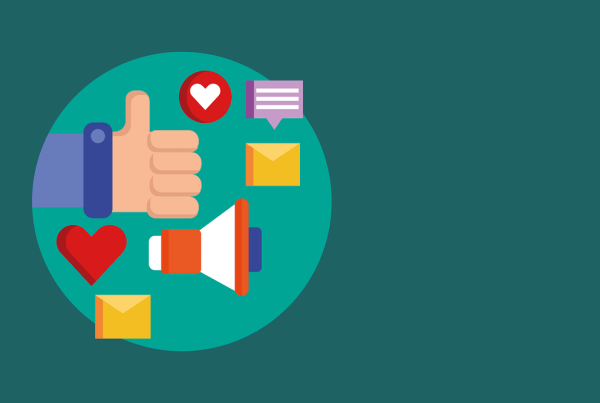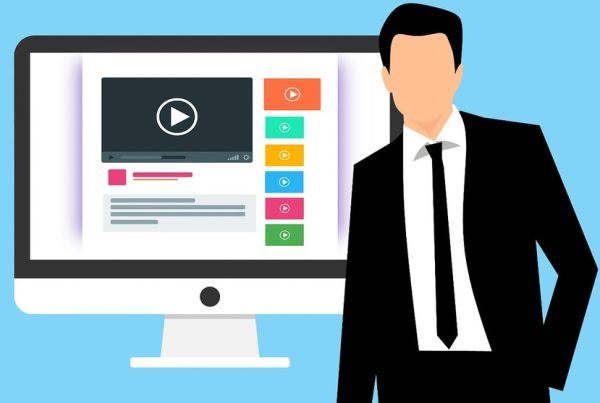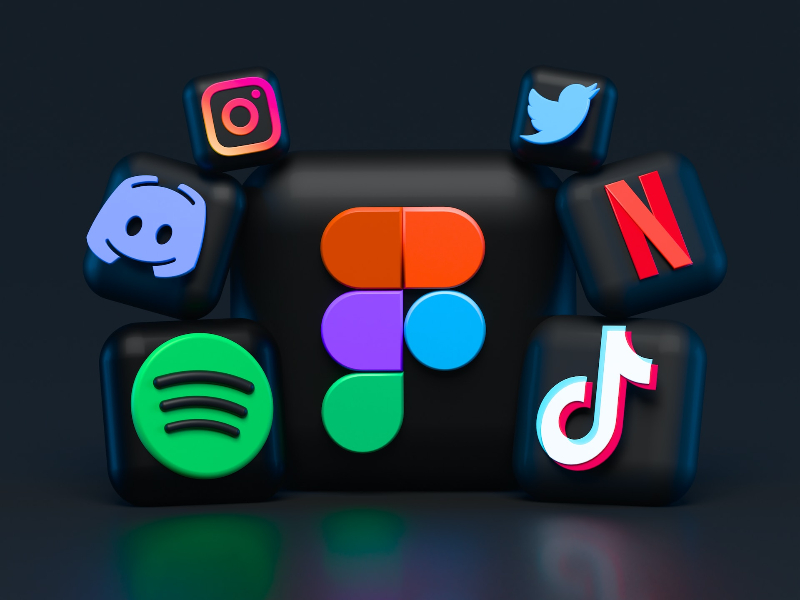
The story behind a logo’s design often remains unexplored, overshadowed by its visual appeal. However, diving into the concept of logo design unveils a wealth of information about a brand’s essence, goals, and unique selling points.
Each element of a logo, from colour schemes to typography, is thoughtfully selected to create a distinct visual representation. In this article, we embark on a journey into the world of logo design, delving into the components that contribute to a successful logo.
Whether you are a business owner seeking a new logo or an inquisitive individual interested in the art of design, this piece will provide valuable insights into the captivating realm of logo creation.
Join us as we unlock the mysteries and discover the secrets behind crafting a timeless and memorable logo.
The Significance of Logos in Branding
A logo serves as a visual representation of a brand and stands as one of the most recognisable elements of its identity. A well-designed logo has the power to set a brand apart in a competitive market and establish a strong emotional connection with its target audience.
Beyond being a mere aesthetic image, a logo is a potent tool that communicates a brand’s values, mission, and personality. It also contributes to building brand loyalty and trust among customers.
Understanding Logo Design
Logo design is the complex process of crafting a visual embodiment of a brand’s identity. It involves strict selection of colour schemes, typography, and graphics to create a unique and memorable logo.
This creative endeavour demands attention to detail, an understanding of the target audience, and an unwavering commitment to simplicity, memorability, and timelessness.
The Conceptualisation of a Logo
The initial step in logo design is conceptualisation. This stage entails brainstorming ideas and developing a concept image—a rough sketch that allows designers to visualise the final product.
The concept image should encompass crucial logo elements such as colour schemes, typography, and graphics. Exploring various design options by creating multiple concept images is vital to ensure the selection of the best representation.
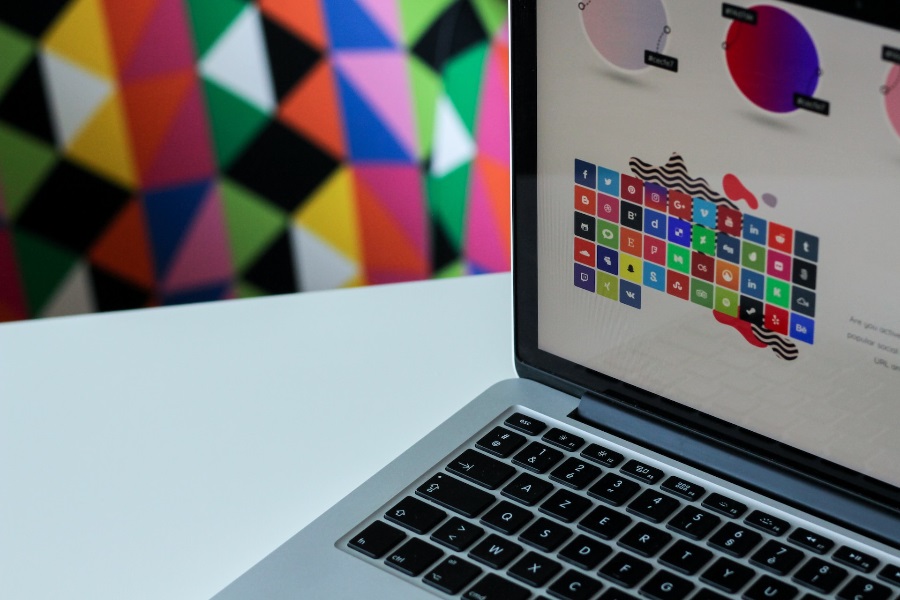
Key Elements of an Effective Logo
A successful logo leaves a lasting impression by being memorable, simple, and timeless. It skillfully communicates a brand’s values, mission, and personality.
Several key elements contribute to its effectiveness:
Colour Scheme
The colour scheme stands as one of the most pivotal aspects of a logo. Colours evoke emotions and forge a profound connection with the target audience. Each colour carries its own significance, necessitating careful selection to align with the brand’s values and personality.
Typography
Typography, too, plays a significant role in logo design. It conveys the brand’s style, tone, and personality. Opting for a simple, legible font ensures the logo’s enduring impact.
Graphics
Graphics serve as the visual components of a logo. They can be abstract or representational, but they should always be simple and memorable. Graphics must also relate to the brand and its core values.
Understanding the Target Audience
An intimate understanding of the target audience is crucial in logo design. A logo should resonate with the intended demographic, effectively communicating the brand’s values and personality.
Thorough research into the audience’s demographics, interests, and preferences guides the creation of a logo that captures their attention.
Different Types of Logos
Various types of logos exist, including:
Wordmark Logos
These logos utilise typography to create a distinct and memorable design. They are renowned for their simplicity, timelessness, and recognizability.
Lettermark Logos
Lettermark logos incorporate the brand’s initials into a visually striking design. Like wordmark logos, they possess simplicity, timelessness, and recognisability.
Iconic Logos
Iconic logos employ graphics or symbols to fashion a unique and memorable design. They, too, boast simplicity, timelessness, and recognisability.
Combination Logos
Combination logos amalgamate typography and graphics to forge a versatile and memorable design adaptable to various contexts.
Creating a Logo Design Concept
Crafting a logo design concept involves several steps:
- Research – Conduct thorough research into the brand’s values, mission, and personality, as well as the target audience’s demographics, interests, and preferences.
- Brainstorming – Generate ideas and produce multiple concept images.
- Refinement – Enhance the concept images and select the most compelling one.
- Design – Transform the chosen concept image into a final logo design.
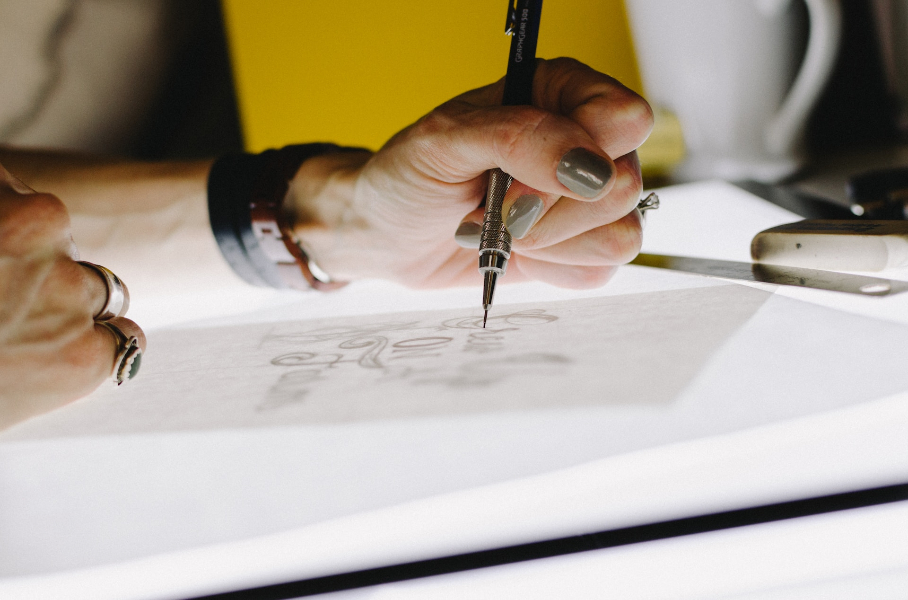
Selecting the Right Colours and Fonts
The choice of colours and fonts holds paramount importance in logo design. These elements must effectively communicate the brand’s values and personality. Each colour carries its own meaning, making it crucial to select a colour scheme that aligns with the brand’s message.
Typography should prioritise simplicity, legibility, and timelessness to achieve an optimal visual impact.
Step-by-Step Guide to Drawing a Logo
Drawing a logo involves several steps:
Commence with a Concept and Sketch
Prioritise conceptualisation and sketch out ideas that embody the brand’s essence and intended message. Transcribe these ideas onto paper, focusing on capturing them rather than achieving perfection. Generating multiple sketches expands the pool of options for consideration.
Select a Colour Scheme and Typography
Once the logo design is sketched, determine an appropriate colour scheme and typography. The chosen colours should reflect the brand’s personality and values. Consider incorporating colours associated with the industry or those that elicit desired emotions.
Typography must complement the logo design and possess legibility. Using too many fonts can lead to a cluttered and unprofessional appearance.
Create the Logo Using Vector Software
Transfer the sketched design to vector software, such as Adobe Illustrator, CorelDRAW, or the free software Inkscape. Utilise the pen tool to trace the sketch, ensuring clean and smooth lines.
Introduce the chosen colours and typography to complete the logo design. Preserve the logo in various file formats (.eps, .png, .svg) for different applications, ranging from print to online display.
Refine and Perfect the Design
Dedicate time to refining and tweaking the logo design until it reaches perfection. This may involve adjusting the size and placement of elements, experimenting with colour combinations, or exploring alternative typography options.
Seek feedback from others, as fresh perspectives often lead to improvements.
Remember, the logo represents the brand, so it must accurately convey its values and message.
Test the Logo in Different Sizes and Formats
After finalising the logo design, test it across various sizes and formats to ensure its visual appeal across platforms. This includes evaluating its appearance on websites, social media profiles, business cards, and other marketing materials.
Guarantee the logo remains recognisable and legible, even at smaller sizes. It may be necessary to create simplified versions for use as social media icons or in other specific contexts.
Examples of Successful Logo Design Concepts
Several brands have achieved success through well-crafted logo design concepts:
- Nike: Nike’s simple swoosh logo represents the brand’s focus on athleticism and movement.
- Apple: Apple’s minimalist apple logo reflects the brand’s emphasis on simplicity, innovation, and creativity.
- Coca-Cola: Coca-Cola’s script logo embodies the brand’s commitment to happiness and refreshment.
Inspiring Logo Design Examples
Numerous inspiring logo designs showcase the possibilities within this creative field:
- FedEx: FedEx’s logo cleverly incorporates a hidden arrow, symbolising the brand’s emphasis on speed and efficiency.
- Amazon: Amazon’s lo go includes a smile, symbolising customer satisfaction and happiness.
- Google: Google’s logo employs different colours, representing the brand’s dedication to creativity, innovation, and diversity.
Inspiring Logo Design Examples
Numerous inspiring logo designs showcase the possibilities within this creative field:
- FedEx: FedEx’s logo cleverly incorporates a hidden arrow, symbolising the brand’s emphasis on speed and efficiency.
- Amazon: Amazon’s lo go includes a smile, symbolising customer satisfaction and happiness.
- Google: Google’s logo employs different colours, representing the brand’s dedication to creativity, innovation, and diversity.
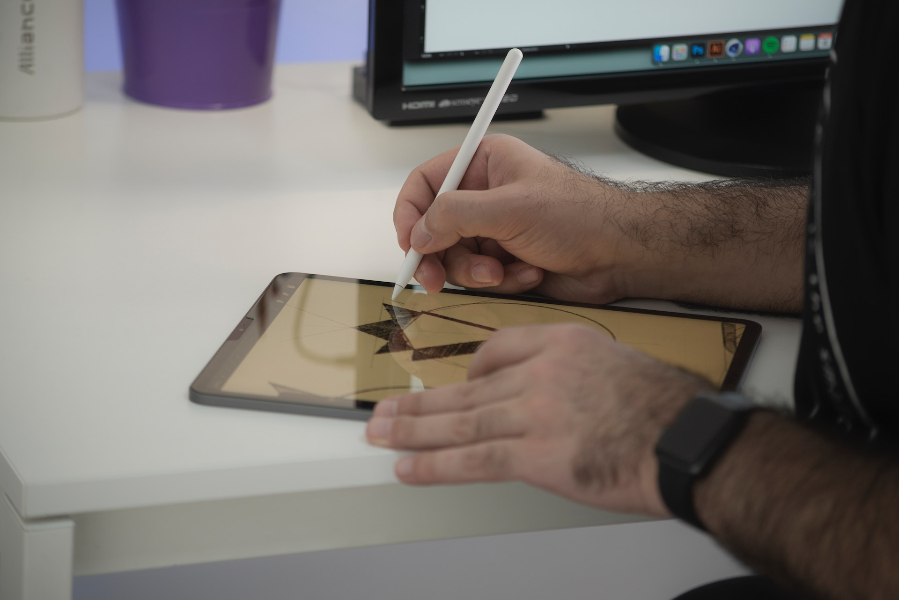
Common Logo Design Mistakes to Avoid
Avoid these common logo design mistakes:
- Overcomplicating the Design: A logo should be simple and memorable. Overcomplicating the design can inhibit recognition and remembrance.
- Copying Other Designs: Copying existing designs can lead to legal issues and damage the brand’s reputation. Aim for originality and uniqueness.
- Ignoring the Target Audience: Neglecting the preferences and characteristics of the target audience may result in a logo that fails to resonate or communicate effectively.
Logo Cost in Australia
The cost of a logo in Australia varies based on factors such as the designer’s experience and the complexity of the design. Logo design costs can range from a few hundred dollars to several thousand dollars.
Working with a Logo Designer
Working with a logo designer involves the following steps:
- Research: Explore different logo designers and review their portfolios.
- Communication: Clearly communicate the brand’s values, mission, and personality to the logo designer.
- Feedback: Provide feedback on the concept images and the final design, ensuring alignment with the brand’s vision.
- Payment: Compensate the logo designer for their services as agreed upon.
Logo Design with DesignQ
As a distinguished design agency specialising in website design, UX design, and branding, we are passionate about helping you unlock your full potential.
DesignQ is your partner in success, collaborating closely with you to understand your specific needs and aspirations. With our team of expert designers and developers, we go beyond meeting your goals – we exceed them.
Whether you’re seeking a brand new website or aiming to enhance the user experience of your existing one, DesignQ possesses the unrivalled skills and expertise to bring your vision to life.
But our expertise extends far beyond website design. We recognise the pivotal role of a strong brand presence in today’s competitive landscape. That’s why our talented team is dedicated to crafting a brand identity that authentically captures the essence of your business.
From crafting captivating logos to formulating comprehensive brand strategies, DesignQ empowers you to establish an impactful and cohesive brand that resonates with your target audience.
Don’t hesitate to take the next step towards elevating your website’s user experience and solidifying your brand presence. Reach out to us today and discover how DesignQ can revolutionise your digital presence.
Rest assured that with DesignQ, you’re not only receiving superior design services but also a trusted partner committed to your success. Contact us today for this transformative design journey together.
Conclusion
A well-designed logo carries significant power in helping a brand differentiate itself in a competitive market and establish an emotional connection with the target audience.
Logo design is a multifaceted process that demands creativity, attention to detail, and an understanding of the target audience.
By understanding the key elements of a successful logo and following the design process, one can unlock the power behind effective logo design and create a logo that accurately represents the brand’s identity and values.




